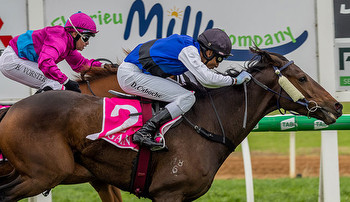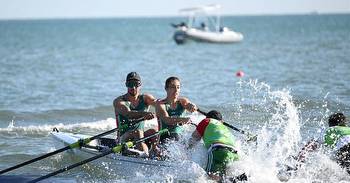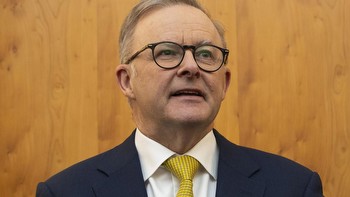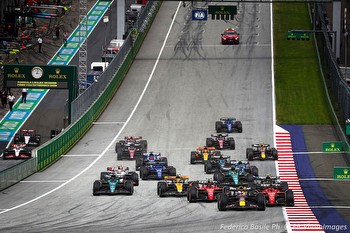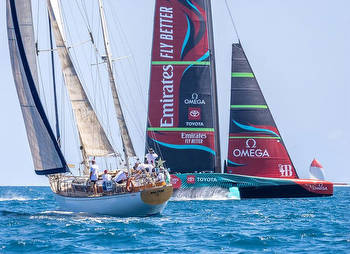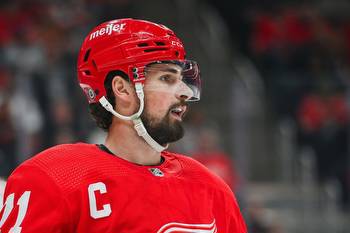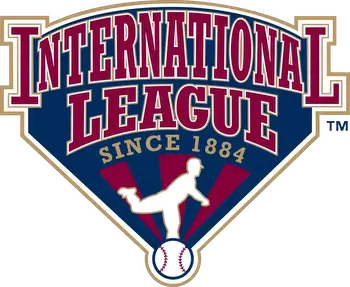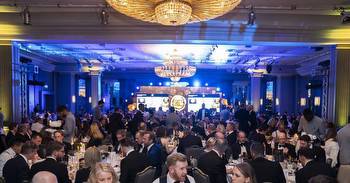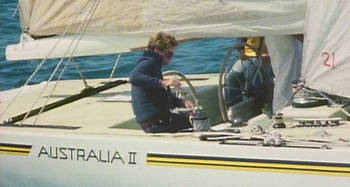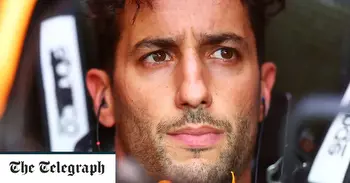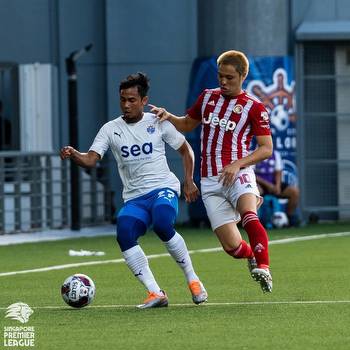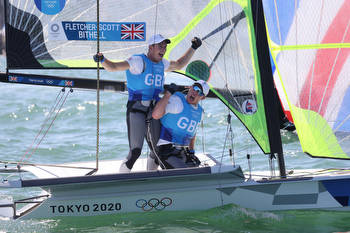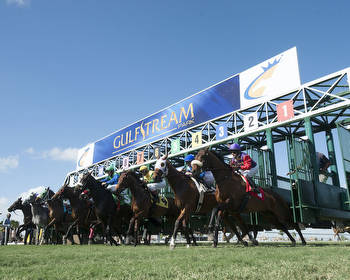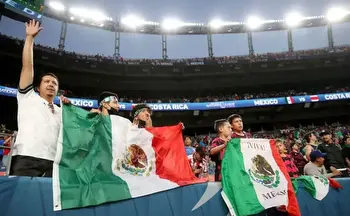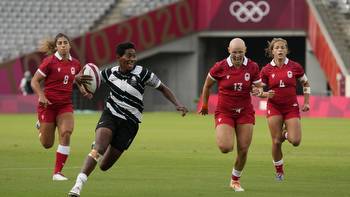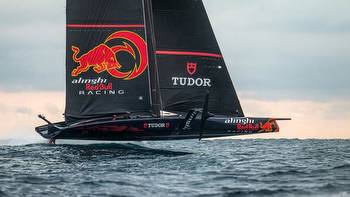The growing relevance of SailGP
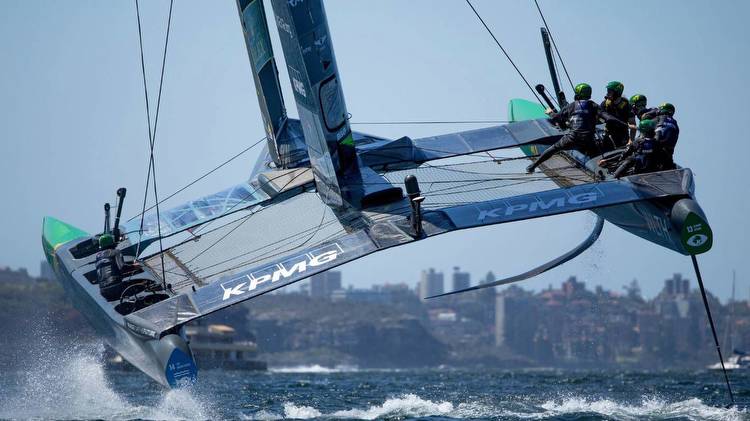
The decision to race on Lyttelton Harbour is a mark of SailGP’s thinking, deciding to side-step the established yachting market of Auckland for this overdue Kiwi debut.
Launched in 2019, the Covid pandemic bit hard into the dream of Sir Russell Coutts and his billionaire backer Larry Ellison as they exited the America’s Cup and chose to establish a professional circuit in lightning fast boats in a TV-friendly format.
SailGP hasn’t been a revolution, more of an evolution, and it keeps getting better on and off the water.
The benefits to the world’s best sailors are enormous, providing them a livelihood on an annual basis, filling a gap between the four-year cycle of the America’s Cup.
The America’s Cup teams have embraced it. Their best sailors are paid by other people, they stay tuned to foiling racing, and yachting’s international profile expands on it.
Look at America’s Cup champions Team New Zealand. Their stars are guiding the Kiwi SailGP program - Peter Burling, Blair Tuke, Josh Junior, Andy Maloney, Louis Sinclair and Marcus Hansen are the key personnel, with coach Ray Davies now an increasing influence.
Liv Mackay has emerged from the SailGP’s commitment to female inclusion to be steering Team New Zealand’s AC40 in training and looks odds-on to be in charge of the Kiwi women’s America’s Cup team for Barcelona 2024.
SailGP’s women’s pathway is commendable. At a time when women’s sport is on the rise in terms of standards and public appreciation, Coutts’ organisation is making major gains on the water with the hope that a woman may soon be behind the wheel of a F50.
Similarly, there’s a youth program simmering underneath that looks to break some of the stereotypes associated with yachting. SailGP hopes to diversify the sport for youth without race, gender, and socioeconomic status presenting a barrier to entry.
The “greening” of SailGP with their Impact League that pushes sustainability and environmental cause - New Zealand won the inaugural title last year and currently lead this division again - is in line with yachting’s overdue consciousness in this area.
“Powered by Nature, Driven by Purpose” is SailGP’s mantra.
The round the world race has made big gains in this department and next year’s America’s Cup takes on a new dimension with the introduction of hydrogen-powered chase boats.
But it’s the high-paced action and quick-fire race format that remains SailGP’s real drawcard.
It’s the abbreviation of a technical sport that has drawn in a wider audience.
Yachting pundits have likened it to Formula One. Yes, there’s that speed dimension, but it’s more like the Twenty20 or rugby sevens of sailing, while its one-design philosophy brings a much more even field than motorsport’s showpiece produces.
Regular sports fans who have found the intrigue of the America’s Cup irresistible, particularly through its foiling editions since 2013, have been similarly drawn into SailGP.
Again, Coutts’ brainchild won’t be standing still. Already nudging 100kph, new rudders and foils are in production that could see these foiling catamarans capable of 110kph in their fourth season.
It started in 2019 with six teams and five regattas. Season two featured eight teams and eight regattas, while the current season has nine teams and 11 regattas.
A further team will be added in season four with ambitions of as many as 14 events.
Like a F50 lifting on to its foils, SailGP is up and flying high.

